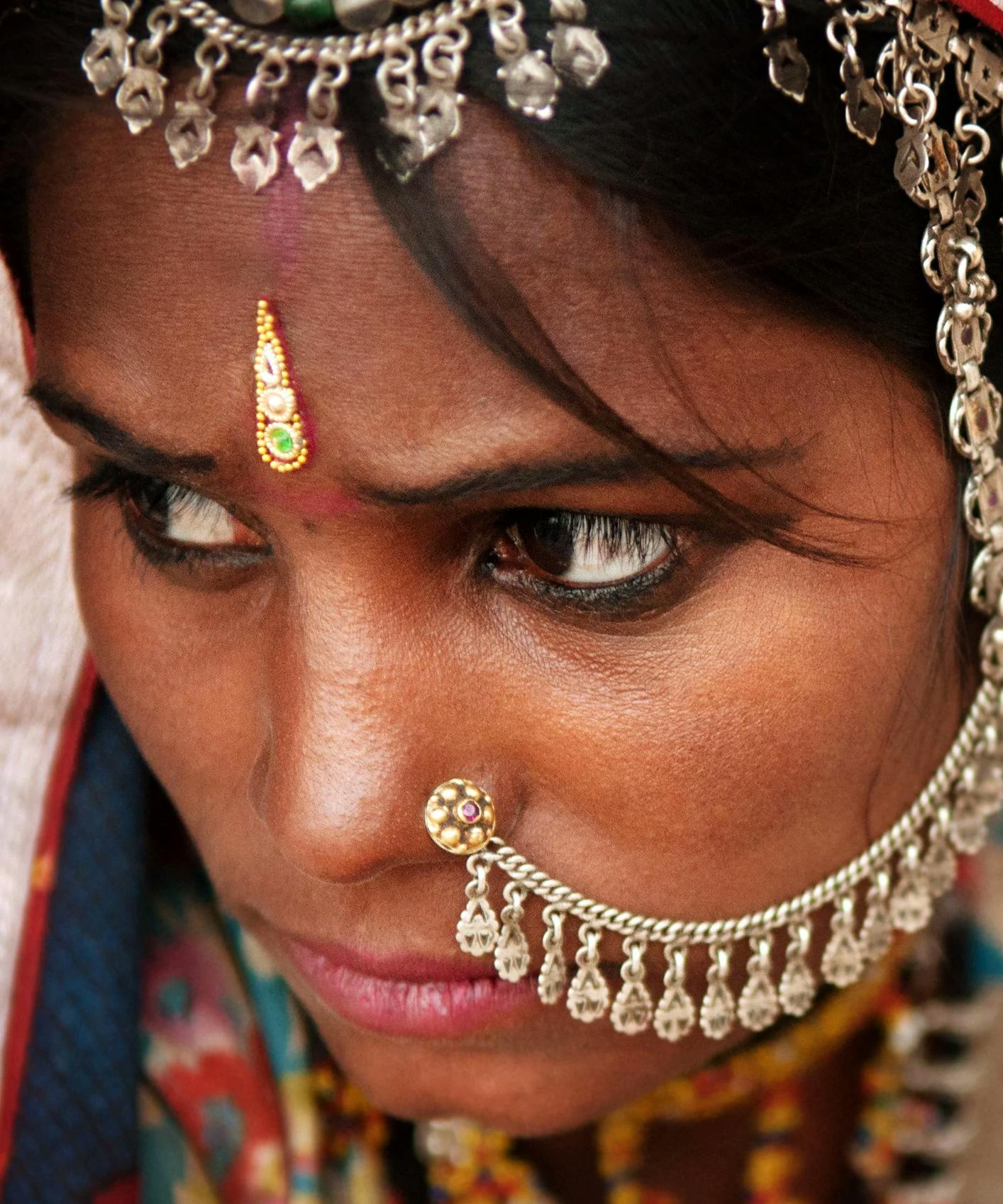We Have A Long Way To Go: The Ancient Practice Of Bride Burning Is On The Rise In India
“The more you beat her, the more you get.”

Domestic abuse, rape, sexual assault, murder — all targeted towards females — make India the most dangerous country in the world for women.
Recently, a trend once thought obsolete has started to resurface which targets India’s new brides and wives, forcing us in the West to grapple with our own idealizations of so-called oppression, in addition to examining a horrifyingly violent act which claims more than 8,000 innocent lives in India per year.
The Origins of Dowry Death
Dowry death, also commonly known as bride burning, refers to the ritualistic killing of a woman by her husband or her husband’s family.
The moniker stems from what the husband’s family sees as a betrayal of the marriage contract, which is negotiated as a new couple marries. If the husband or his family feels the dowry was not enough, they will go so far as to harass, abuse, or even murder the wife in order to extort more money or assets from her family for the so-called purpose of receiving a sufficient dowry.
If the husband feels the dowry wasn’t enough, he might harass or murder the wife to extort more money.
In a bride burning, the victim is doused in kerosene or other flammable substance and lit on fire. Those that do survive are left disfigured and in excruciating pain from the burns.
This practice sounds like an antiquated act from the Dark Ages, something we might read about in a history book. But as recently as 2015, dowry deaths have claimed one victim per hour in India.
Commodifying Women
Donna Fernandes, the founder of Bangalorean women’s rights organization Vimochana, explains that the perpetrators “know the bride’s family is vulnerable, because of the subjugated role of women in our society, and what begins is a process of extortion. Demands for money turn into threats of violence, and when the family can’t pay any more, the bride is killed.”
Fernandes goes on to explain that though the in-laws may demand money, they may also demand commodities like “washing machines or televisions.”
If women are injured or killed due to dowry death, the instances are rarely reported to the authorities.
If women are injured or killed due to dowry death, the instances are rarely, if ever, reported to the authorities — and even then, they’re rarely prosecuted with the responsible parties brought to justice. When women are murdered by their husbands or in-laws, the deaths are reported as suicides or as accidents.
It’s the mission of organizations and allies like Fernandes and her social workers to change that, though they face an uphill battle. In addition to dowry death, women in India face ingrained cultural and societal threats like forced marriage, sexual violence, and human trafficking.
Desensitized by Western Privilege
It’s irresponsible and distorted to demand, as an increasingly socially progressive society, that we constantly be aware of every single injustice, every oppression and method of discrimination and marginalization around the world.
But still, we have to wonder, how did we miss this?
Perhaps due to the inundation of what we in the West perceive as the oppressive forces at work against us: sexism, economic inequality, and the patriarchy, to name a few.
Those less fortunate than us would probably give anything to face what we deem to be “oppression.”
Let’s not misunderstand the complexity of what we’re facing. We can in our own communities face certain disadvantages, and women in other parts of the world can be facing their own unique systemic oppression as well. But it’s hard not to acknowledge that those less fortunate than ourselves would probably give anything to face what we deem to be “oppression.”
If we’re not seeing (for example) the climbing femicide and rising violence against women in India, it’s not because we’re staunchly ignoring it or are even uninterested. It’s the sheer amount of comfort our worldview lends us in othering the daily danger and threat to life those across the world will face in their homes and communities, from their own spouses and families.
Closing Thoughts
Only recently we began to see a climbing rise in incidents of rape, sexual assault, and other attacks in India, all targeting women.
Now, we’re confronted with the reality that even when a woman may give in to societal or familial pressure to marry (or even marry for love), she still isn’t safe.
When a culture equates a woman’s worth and value with a numerical amount — and even with material objects — she loses any possibility of being seen as an individual with humanity. While we in the West grapple with our own concepts of feminine identity through the lens of what is usually dictated for us as liberation and freedom, we often fail to account for the harsh, brutal realities of what true inequality looks like.